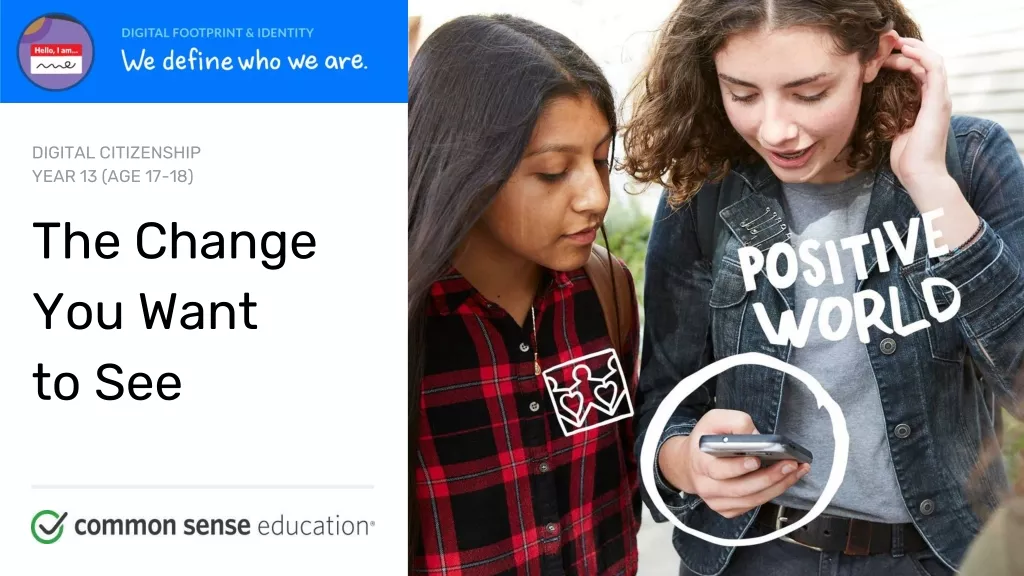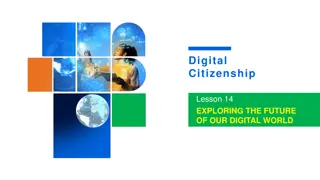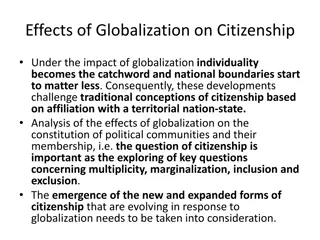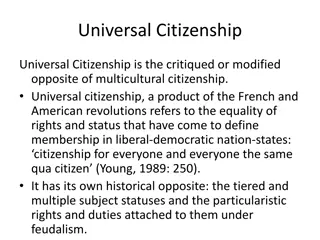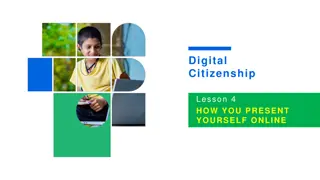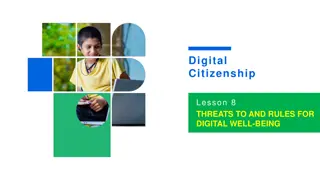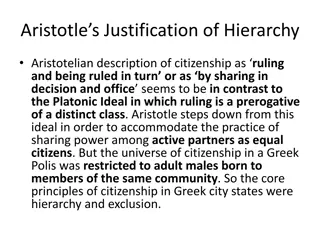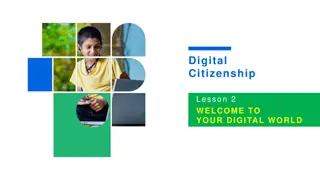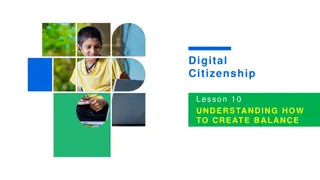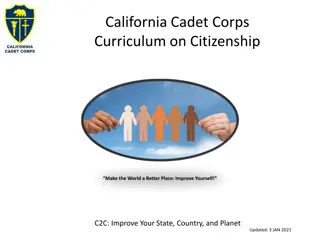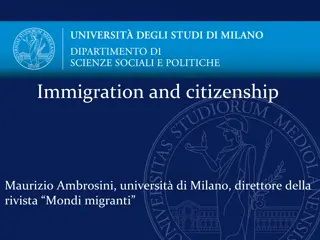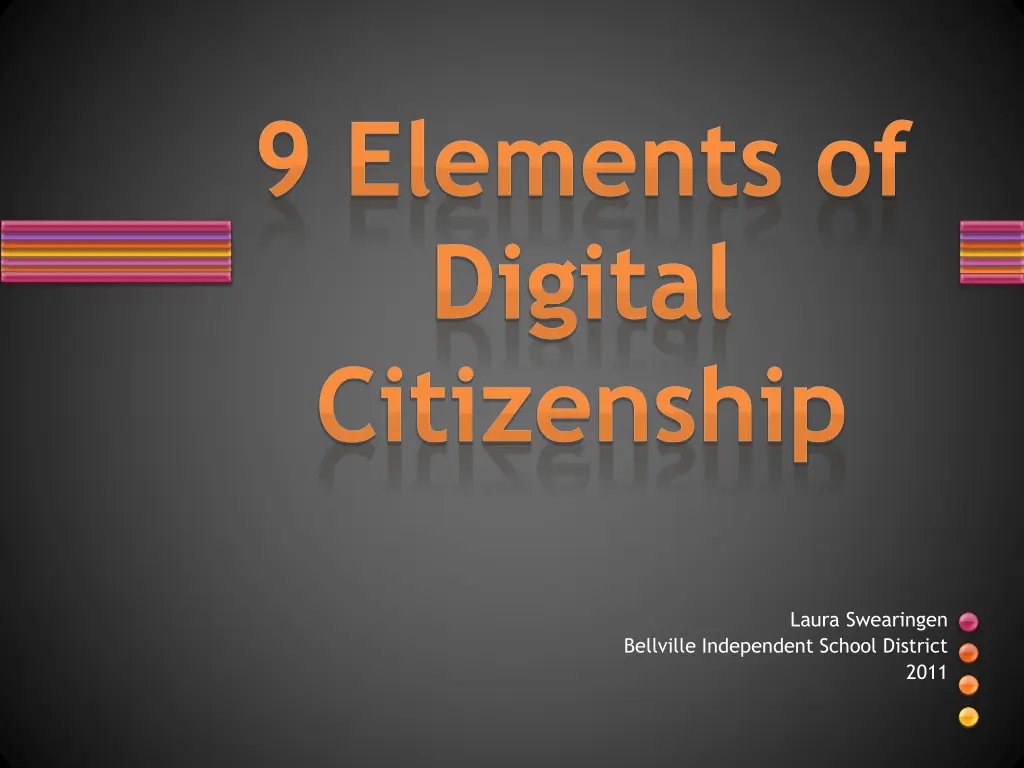
Digital Citizenship: Understanding the 9 Elements and ISTE Standards
Explore the essentials of digital citizenship, including what it means to be a digital citizen, the 9 key elements such as digital access, communication, literacy, and more as outlined in the ISTE standards. Discover the importance of responsible digital behavior and guidelines for staying safe in the digital world.
Download Presentation

Please find below an Image/Link to download the presentation.
The content on the website is provided AS IS for your information and personal use only. It may not be sold, licensed, or shared on other websites without obtaining consent from the author. If you encounter any issues during the download, it is possible that the publisher has removed the file from their server.
You are allowed to download the files provided on this website for personal or commercial use, subject to the condition that they are used lawfully. All files are the property of their respective owners.
The content on the website is provided AS IS for your information and personal use only. It may not be sold, licensed, or shared on other websites without obtaining consent from the author.
E N D
Presentation Transcript
9 Elements of Digital Citizenship Laura Swearingen Bellville Independent School District 2011
What is a Digital Citizen Basically, a digital citizen is anyone who uses digital tools such as computers, cell phones, or the internet in their work, school or for recreation. Just like citizens of a city have to adopt rules and standards of behavior in order to live together, those of us in the digital world should do the same. - Pensacola Catholic High School Mike Ribble states: "It is not enough to create rules and policy, we must teach everyone to become responsible digital citizens in this new society."
9 Elements ISTE Standards In order to stay safe, and work well in the digital world we must follow some general guidelines as outlined in these elements; Digital Etiquette Digital Communication Digital Literacy Digital Access Digital Commerce Digital Rights and Responsibilities Digital Law Digital Health and Wellness Digital Security
Element 1 Digital Access o Making sure that all students have equal access to digital tools like laptops, digital cameras and the Internet o Providing time and equipment for students with special needs o Making students aware of locations and resources you can use off campus
Element 2 Digital Commerce o Using computers to buy and sell items on commercial websites and auction sites o Subscribing and purchasing media using tools like iTunes
Element 3 Digital Communication Exchanging information using: o email o cell phones o instant messaging o text messaging o web pages/blogs/wikis
Element 4 Digital Literacy Exchanging information using: o Learning about the basics of using a computer o Evaluating online resources to make sure they are truthful and accurate o Learning how to find information on a specific topic on the Internet
Element 5 Digital Etiquette o Using technology in a way that doesn't affect others negatively o Using technology only when it is appropriate o Respecting others online by not posting information that is hurtful or untrue.
Element 6 Digital Law o Understanding how to use and share music, photos, and movies legally o Creating original works that are free from plagiarism o Respecting the privacy of others and the integrity of networks in terms of passwords and data
Element 7 Digital Rights and Responsibilities o Following Acceptable Use Policies o Using technology responsibly o Reporting inappropriate use of technology resources
Element 8 Digital Health and Wellness o Using proper hand placement and posture when keyboarding o Balancing time spent using digital tools with time spent offline
Element 9 Digital Security o Protecting hardware and network security by using secure and secret passwords o Protecting personal security by not posting personal information online
The Schools Responsibility By embracing technology and encouraging students to explore its various forms, educators also have a responsibility to teach students to use technology in a responsible manner. -Nine Elements Digital Citizenship an overview Dr. Mike Ribble, Ed. D. Director of Technology Manhattan-Ogden School District miker@manhattan.k12.ks.us



